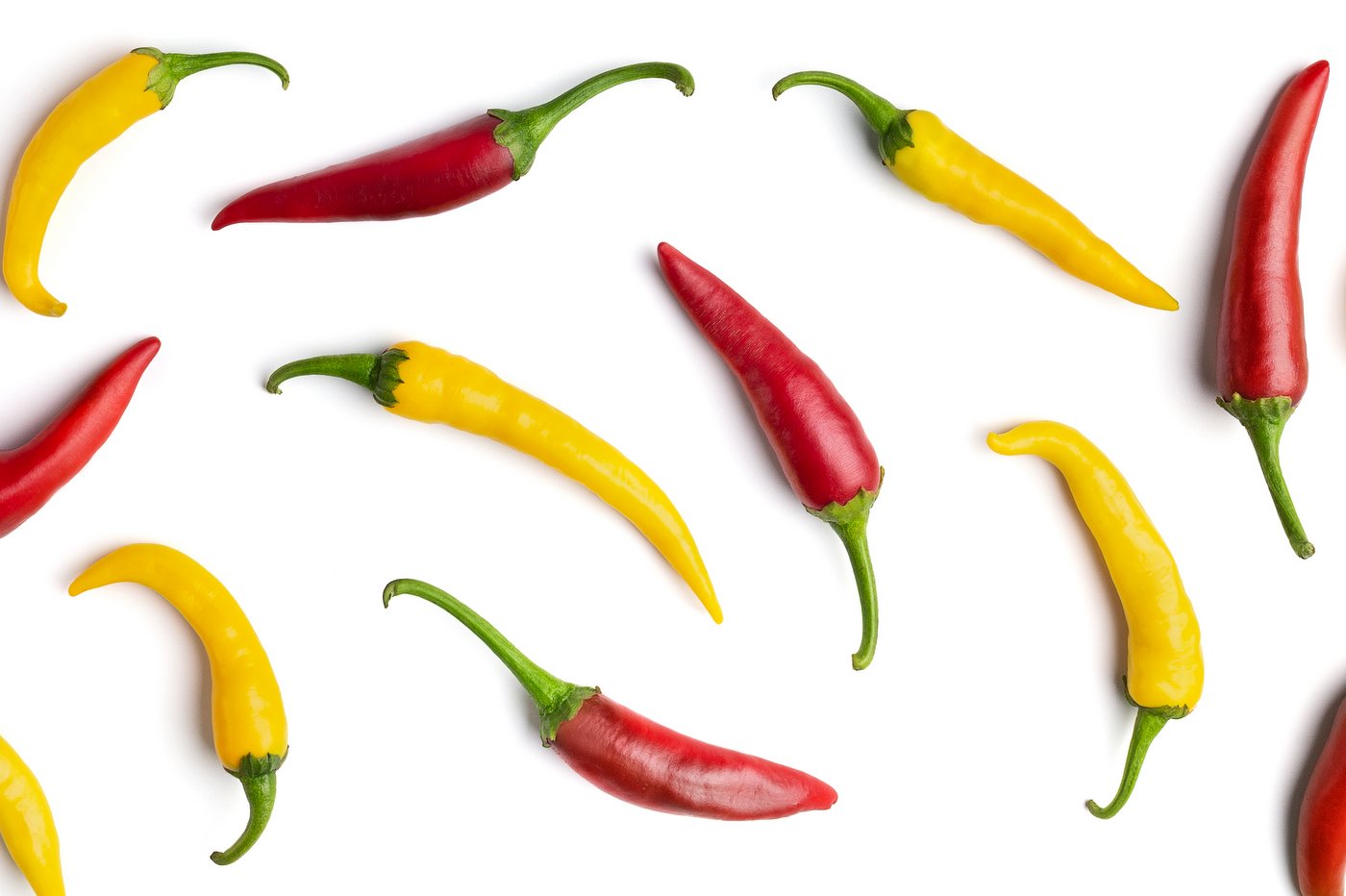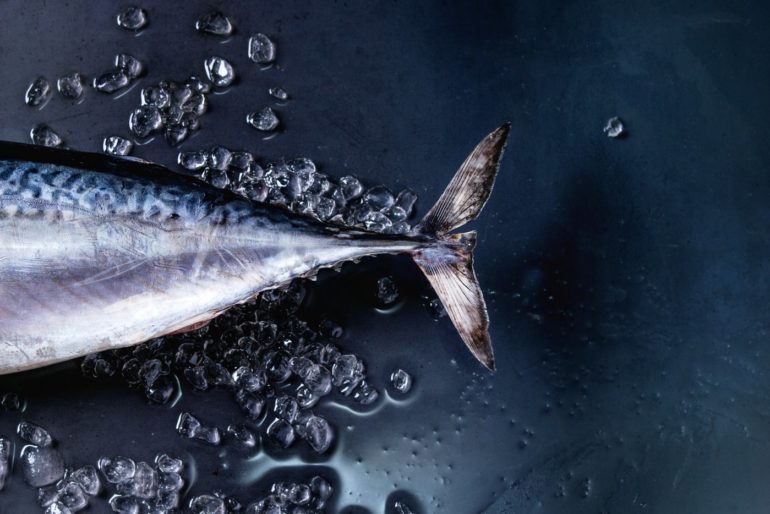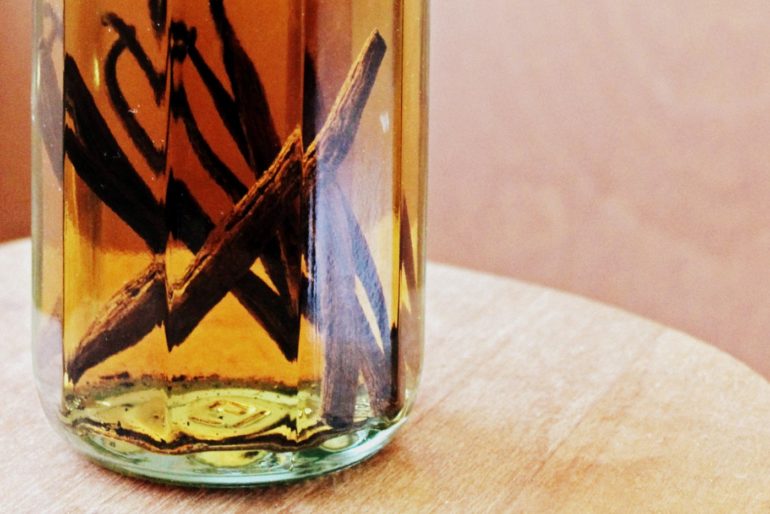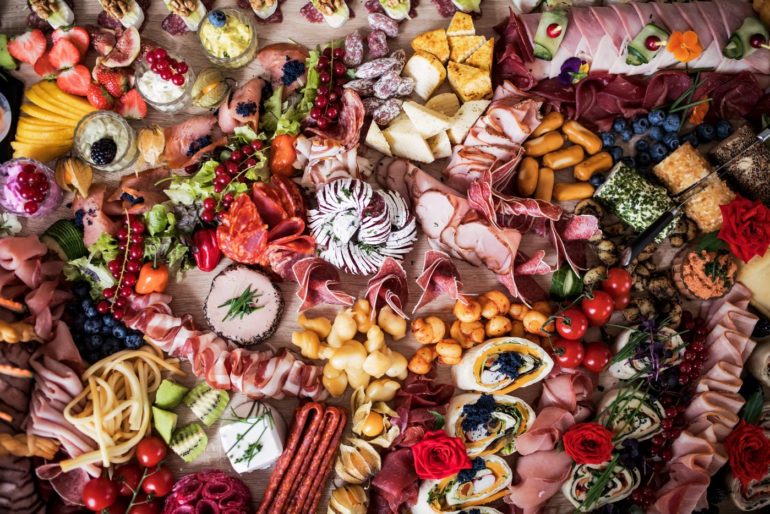What makes a pepper hot?
Peppers are pretty amazing things. They come in all shapes, colors, and sizes — as well as each having their own flavor characteristics.
Of course, one of the most important traits of a pepper is how “hot” it is.
Hot stuff: What makes a pepper hot?
Peppers get their heat from a chemical compound called capsaicin (along with a closely-related compound, dihydrocapsaicin) that stimulates nerve receptors and produces a burning sensation in any tissue it comes in contact with — and I do mean any. (Tip: Don’t chop jalapenos and then go to the bathroom without washing your hands first. Do not ask how I know this.)

Since the heat level of any given pepper is tied to the amount of capsaicin it contains, it’s actually possible to quantify how hot a pepper actually is. This is where the Scoville scale comes in to play.
in 1912, a chemist and druggist named Wilbur Scoville invented a test to measure the hotness of peppers. As Argonne National Laboratory explains it, the human tongue was a much more accurate detector than any lab technique available at the time, so his test measured how much a pepper had to be diluted before it couldn’t be tasted anymore. (Typical tongues of taste-testers can detect capsaicin levels as low as 1 particle of in a million.)
That test has since been replaced with more precise lab techniques, Argonne notes, but pepper heat is still commonly rated in Scoville units. The higher the number of Scoville heat units, the more capsaicin it contains, and the hotter it is. Simple, no?
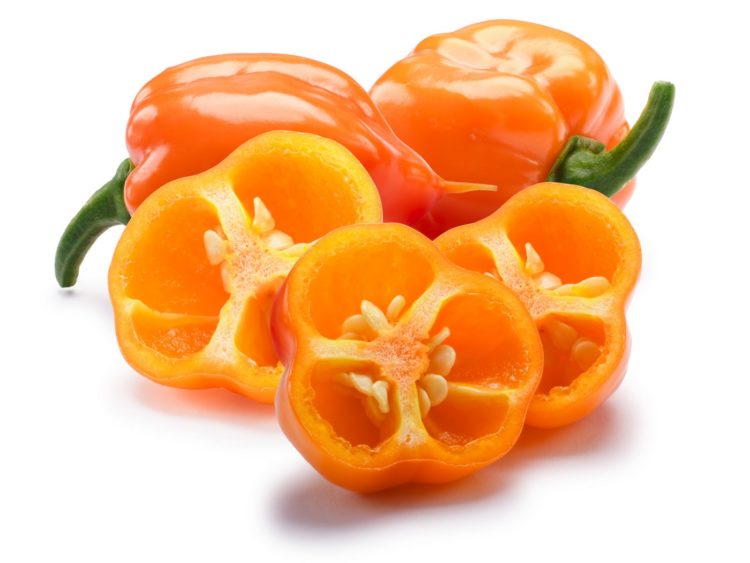
The heat is on: The hot list
Here’s a list of some of the more commonly known peppers (and a pepper defense spray, for reference) in order from least hot to most, along with the Scoville scale score range for each:
- Bell pepper: 0
- Pepperoncini: 100-500
- Poblano: 500-2,000
- Ancho: 1,000-2,000
- Anaheim: 500-2,500
- Guajillo: 2,500-5,000
- Jalapeno: 2,500-9,000
- Serrano: 8,000-22,000
- Tabasco: 30,000-50,000
- Cayenne: 30,000-50,000
- Thai: 50,000-100,000
- Scotch Bonnets: 100,000-350,000
- Orange Habenero: 150,000-325,000
- Naga Jolokia or “Ghost Pepper”: 800,000-1,041,000
- Law Enforcement-grade pepper spray: 5,300,000
- Pure Capsaicin: 15,000,000 – 16,000,000
This is, of course, only a partial list, as new varieties hit the market, while others gain popularity.
Since the amount of what makes peppers hot can vary in heat due to different growing conditions, soil, and weather — though they generally tend to fall between the values listed. Still, that means it’s entirely possible to eat a habanero and say, “Hey, this isn’t too bad,” then have a different one later, and feel like your sinuses are melting.

Some like it hot
Frederick A Senese, a professor in the Department of Chemistry at Frostburg State University in Maryland says, “People that eat lots of spicy capsaicin-rich foods build up a tolerance to it. The incentive: a small jolt of capsaicin excites the nervous system into producing endorphins, which promote a pleasant sense of well-being. The endorphin lift makes spicy foods mildly addictive (and for some, an obsession).”
Capsaicin also has some real-world applications. It can be used to eliminate pests (including insects and rodents), and — oddly enough — can also help alleviate pain. “Exposure to capsaicin lowers sensitivity to pain, and it is applied as a counter-irritant in the treatment of arthritis and other chronically painful conditions,” says Senese.
Further reading
For a more complete listing of peppers and their Scoville rating, check out the list at Uncle Steve’s Hot Stuff.

